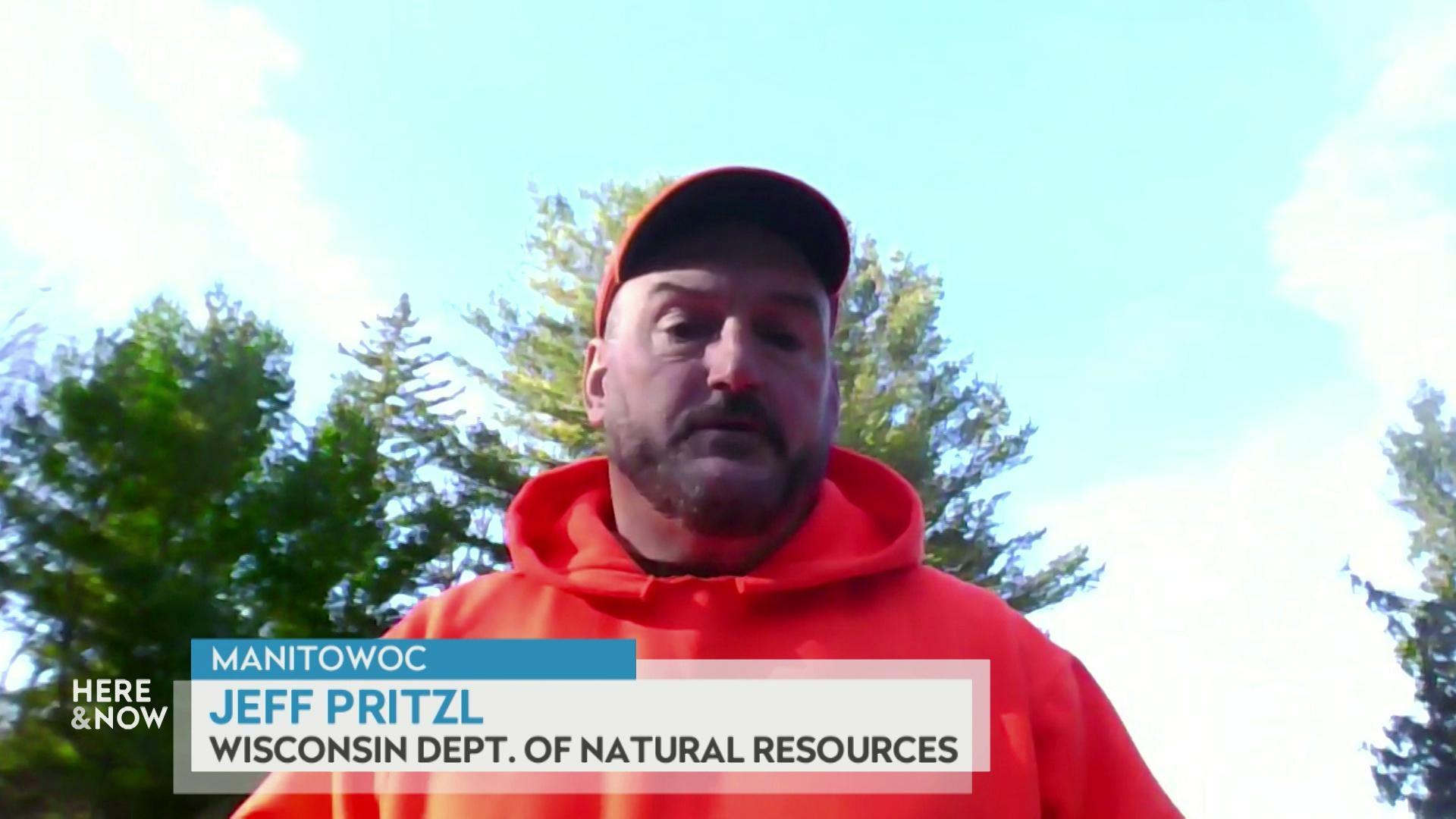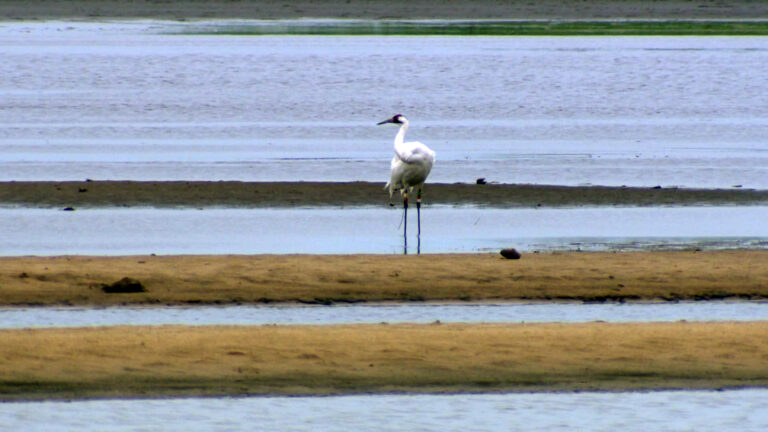Sam Jonas on broad goals of Wisconsin's wolf management plan
Wisconsin Department of Natural Resources wildlife species section supervisor Sam Jonas describes the legal requirements and population objectives shaping the state's 2023 plan to manage wolves.
By Nathan Denzin | Here & Now
March 5, 2024
VIDEO TRANSCRIPT
Sam Jonas:
I would say, you know, the overarching result of the 2023 wolf management plan is that it strives for a sustainable and healthy wolf population in the state of Wisconsin, and that's the real goal of the plan itself. In regards to protections, you know, wolves are federally protected currently and the U.S. Fish and Wildlife sort of manages restrictions, what the states can or cannot do, so the management plan itself doesn't direct or, it doesn't do anything as far as restrictions go for wolves. That being said, if the U.S. Fish and Wildlife ever do downlist or delist wolves from the Endangered Species list, the state of Wisconsin is required by law to institute a wolf hunt and trapping season. So when and if that happens or occurs, that would be the next steps and plan and the management plan spells that out, what that would look like. It has, you know, a population table of goals for wolves in Wisconsin and we're also gonna be balancing that with what does depredation look like, what do conflicts look like within each zone, what is the community saying for the wolf saying where they live. And we're gonna take that into effect when and if the state of Wisconsin will have a hunt.
Nathan Denzin:
One thing that both the farmer and the hunter group brought up was that the population goal is different from the '90s plan, so I just want to know why, because that seemed to be a big sticking point for them.
Sam Jonas:
So there's a, I don't want to say misconception or misinformation, but in the '99 plan and then later revised in the early 2000s, there was a number, a set number, in that plan of 350. You'll hear that number come up quite a bit. And so what that is is a number of, it's a threshold or a number, once biologists predict that that wolf population is at 350, it would then trigger a next set of management objectives to consider. You know, when it's at 350, we think the population is healthy enough to sustain a hunt. What would that look like if they were ever, you know, delisted? So it was never intended to be a cap, per se, it was really a management objective or number to consider other management tools. So why there's not a set number in this plan is, again, I kind of was getting at it, we want to be able to incorporate local input, local feedback as to how they feel, you know, wolf populations are in their community and we can look at other metrics to help us decide that, one of which would be population monitoring. "What is the science saying?" But that's not the only thing we're going to be looking at and that's going to help us be flexible and adaptable to what wolves are telling us, you know, what they're doing and where they're living, and then humans can adjust accordingly.
 Passport
Passport











Follow Us